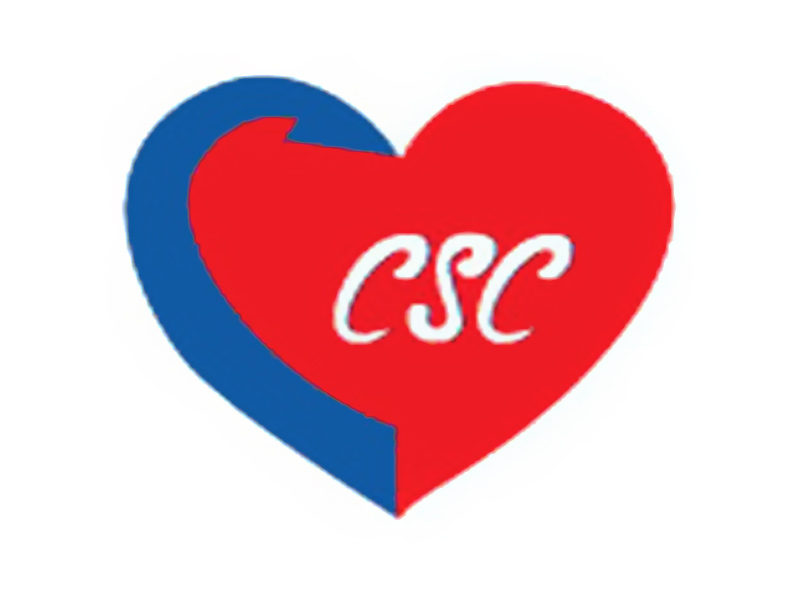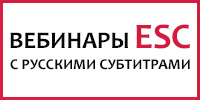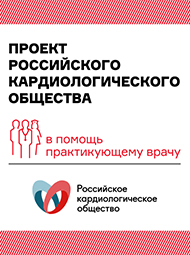|
Chinese Society of Cardiology |
|---|

A 36-year History and a Leading Position in China
Founded in August 1978, the Chinese Society of Cardiology (CSC) is a branch society affiliated with the Chinese Medical Association (CMA) and fulfills its mission under the CMA leadership and regulations.
After a decade of cultural revolution in the 1970s in China, scientific research and academic activities gradually recovered. Academic WU Yingkai, a famous pioneer of cardiology in China, encouraged expert cardiovascular physicians, cardiothoracic surgeons and cardiovascular epidemiologists to establish the CSC in August 1978. Since then, the CSC has become an important member of the largest and oldest Chinese medical association – the CMA. It greatly facilitated the enhancement and popularity of the technique and practice of cardiovascular disease control and prevention, as well as the development of cardiology itself in China.
Given the growing number of specialization areas, the Chinese Society for Thoracic and Cardiovascular Surgery (founded in August 1985) and the Chinese Society of Pacing and Electrophysiology (founded in September 1994) also became branches of the CMA. With policy support, some other spontaneous peer academic organizations were also set up in China such as the Chinese College of Cardiovascular Physicians, the Chinese Association of Cardiovascular Surgeons. The CSC closely collaborates with these organizations to achieve the common goal of improving cardiovascular health in China.
After 36-years, the CSC has become the most dynamic cardiovascular organization with the largest membership and the most powerful academic influence in China. A National Scientific Congress was originally held every 4 years , to discuss hot academic issues. From 1998, this was increased to every 2 years and from 2009 to once a year and represents a platform for cardiologists to meet, discuss results and ideas as well as present their work In 1993, the Fourth CSC Board Committee set up a Youth Committee. In 1998, the Fifth Committee initiated sub-committees based on the specific cardiovascular subjects. Since 2004, the Sixth Committee started Honorary Membership selection. In 2006, the Seventh Committee begun to set up the position of Elected President for the first time among all branches of the CMA. Internationally, the CSC became a member of the World Hypertension League (WHL) and the World Heart Federation (WHF) in 1989 and 1996 respectively.

A Two - Dimensional Organization Structure
Created under the framework of the CMA, the CSC inherited the CMAs organization model and also added some innovations of its own. It now has the Ninth Standing Committee (nearly 20 members), the Ninth Committee (80 members), 11 specialized Sub-Committees, 6 working groups, a Youth Committee and a daily-working office. The CSC Officers are composed of the Honorary the President, the President, Elect, 4 Vice-Presidents, the General-Secretary and 2 Deputy General Secretaries, all of whom were elected by the Ninth Committee. In a sense, Committee members are all elected leaders from various regions throughout China.
In general, the CSCs academic work is mostly bases on the Youth Committee and 11 Sub-Committees (including atherosclerosis & CHD, pulmonary vascular disease, hypertension, basic science, structural heart disease, intervention, epidemiology, women’s heart health, heart failure, arrhythmias and cardiovascular imaging). Meanwhile, its administrative work is carried out by 6 working groups (academic group, cooperation group, development group, information group, continued-education group, and history group).
Both academic and administrative issues are closely linked to the CMA system with an office of 8 staff to execute routine functions and projects under its Officers’ leadership.
The CSC has 34 brother societies throughout China, whose leaders are usually the member of the Standing Committee or the Committee, enabling unity to implement projects throughout the country.

Our Mission is to unite various forces to accomplish academic and social achievements
The CSC’s primary mission is to promote academic development, exchange, clinical research and practice, as well as to perform its governmental and community duties.
1. Serving as a governmental assistant
As the leading organization in Cardiology in China, the CSC helps the government with professional cardiological training, the qualification system design as well as primary and life-long education. Examples of current projects are: the Chest Pain Center Certification, the National Cardiovascular Health Action, Improving Care for Cardiovascular Disease in China- A collaborative project of American Heart Association (AHA) and CSC Project and Chinese Myocardial Infarction Day, etc.
In the Chest Pain Center Certification Project, the CSC encouraged dozens of medical institutions in 16 provinces and cities to implement the standard ST-segment elevation myocardial infarction treatment. Through assisting the National Health and Family Planning Commission in Chest Pain Center Certification, the CSC greatly facilitated the future establishment of myocardial infarction emergency care centers in China.
2. Guiding the development of cardiology in China
As a professional academic organization, the CSC undertakes six tasks:
(1) The development and updating of clinical guidelines and consensus as well as statements on professional events.
(2) The organization and promotion of national academic exchanges.
(3) Education and career promotion. For example, “the CSC- European Society of Cardiology (ESC) Euro-Sino Cardiovascular College” is an international cooperation project focusing on professional training. Another project is the Cardiologist Grading Review System which has a framework now. The Cardiologist Practice License approval will formally start soon.
(4) The development of a variety of standards, such as the national medical service quality control standards for multiple cardiovascular diseases.
(5) Primary education and materials such as Practical Handbook for Chinese Primary Physicians-Cardiovascular Diseases , Practical Handbook for Chinese Primary Physicians-Cardiovascular Drugs
(6) International exchanges and collaborations. For example, the cooperation between the CSC and the ESC focuses on education. The CSC cooperates with the AHA on medical care quality control, and with American College of Cardiology (ACC), regarding clinical databases. The CSC also holds high-level meetings and joint forums during Annual Congresses with these international peer societies.
3. Raising public heart health awareness
Since 1958, most of founders of the CSC had already contributed a lot to the prevention and control of cardiovascular disease known as the “Hypertension control of Shougang model” with an aim to “defeat hypertension”. In 1983, led by Academic Wu Yingkai (President of the CSC at that time), the CSC was the only representative of developing countries that participated in the MONICA Study (Multinational Monitoring of Trends and Determinants in Cardiovascular Disease. In 21st century, the CSC uses all kinds of methods to promote the idea of “early screening, early diagnosis and early intervention”, which has saved countless lives.
On World Heart Days each year, the CSC publicizes every theme during big events using the media. For the World Heart Day in 2014, more than 60 hospitals throughout China carried out diverse promotional campaigns such as free screening, patient education lectures and in-hospital videos. The CSC submitted a petition letter to the government to ask for a healthy heart environment, as well as calling for people to pay attention to our environment via different social medias. In order to publicize the recognition of acute infarction and the necessity of emergency treatment, the CSC has determined that November 20th is the “Chinese Myocardial Infarction Day” from 2014 onwards.
Future Prospects: Four trends and full development
The CSC has accomplished many impressive achievements in terms of the active reputation, promoting national heart health and sustainable development. In the future, the CSC will drive its full development in four area:
1. An independent operation: the CSC has the goal to emulate other peer societies from Europe and Amercia, gradually achieving independent operations, to realize an identity of an independent third-party social organization rather than governments and enterprises.
2. Healthy development of the industry: The CSC will utilize multiple channels to further strengthen career self-discipline and to promote heart health care to higher standards. The CSC will further promote a cardiological training system, implement and promote the “China cardiologist training mode and standard”, merge the international level into our own setting and ultimately promote the healthy development of the industry.
3. Public health education: Under the “Healthy China 2020 Strategy” of the National Health and Family Planning Commission, the CSC will take actions through various forms of education among the general population and high-risk patients. At the same time, the CSC will explore more effective ways to lower economic and social burdens brought about by cardiovascular diseases.
4. Accelerating the construction of a database: China has the largest-scale clinical cardiovascular data resource in the world. However, our clinical research, data collection and data applications are far behind the current global level. The CSC will collaborate with international peer organizations to establish a Chinese cardiovascular disease registration database by virtue of international experiences. Currently, such work is in progress.
This supplement is an example of our achievements so far and the importance of communication and cooperation worldwide.
Past and Present CSC Presidents:
(Photo)Professor WU Yingkai (1978-1983);
(Photo)Professor TAO Shouqi (1983-1988);
(Photo)Professor LIU Lisheng (1988-1998);
(Photo)Professor WU Ning (1998-2002);
(Photo)Professor GAO Runlin (1998-2002);
(Photo)Professor HU Dayi (2009-2012);
(Photo)Professor HUO Yong (2012-present);
(Photo)Professor GE Junbo (Elected President).






